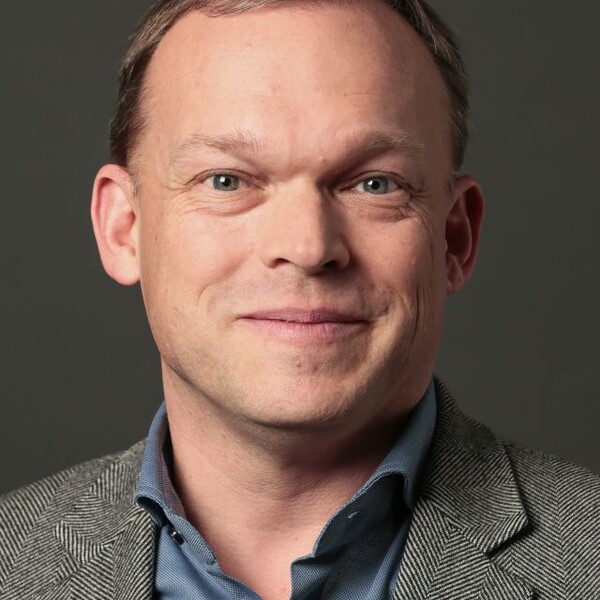Main Second Level Navigation
Sean Hill

Dr. Sean Hill is the Director of the Krembil Centre for Neuroinformatics at CAMH. Prior to this, he was co-Director of Blue Brain, a Swiss brain initiative, where he led the Neuroinformatics division, based at the Campus Biotech in Geneva, Switzerland. After completing his PhD in computational neuroscience at the Université de Lausanne in Switzerland, Dr. Hill held postdoctoral positions at The Neurosciences Institute in La Jolla, California, and the University of Wisconsin, Madison. He subsequently joined the IBM T.J. Watson Research Center, where he served as the Project Manager for Computational Neuroscience at Blue Brain until his appointment as Director of the Laboratory for the Neural Basis of Brain States at the École Polytechnique Fédérale de Lausanne (EPFL). Dr. Hill also served as the Executive Director (2011-2013) and Scientific Director (2014-2016) of the International Neuroinformatics Coordinating Facility (INCF) at the Karolinska Institutet in Stockholm, Sweden.
Research Synopsis
Dr. Hill has extensive experience in building and simulating large-scale models of brain circuitry and has also supervised and led research efforts exploring the principles underlying the structure and dynamics of neocortical and thalamocortical microcircuitry. He currently serves in management and advisory roles on several large-scale clinical informatics initiatives around the world. Currently, his research is focused on developing new biophysically detailed models of rodent thalamocortical circuitry using high quality datasets from single cell transcriptomics, whole brain single cell reconstructions, and many other new sources of high quality data emerging from the large-scale brain projects in the US, EU and China. Future work will develop approaches to embed models of thalamocortical microcircuit dynamics within computational models of the whole rodent and human brains. By coupling models of the local dynamics with data-driven whole brain anatomy and synaptic connection pathways, we will explore the cellular and synaptic basis of whole brain dynamics and the capacity to integrate information across scales. Ultimately, these models can be personalized to specific configurations that integrate genetic constraints on ion channels and receptors, cellular populations and synaptic connectivity based of the patterns from individual brains. In the future, such models can form the basis of personalized diagnostics, interventions and treatments.
